I’ve listened to the “My First Million” podcast for a long time now, and I’m fairly sure I’ve heard 90+% of the episodes, some more than once.
Thinking about the size and popularity of the podcast now, there are definitely a lot of things that Shaan, Sam & producer Ben did right to grow it to the stage it’s at.
This made me think of the connection between the little things they’ve done to grow their show over time. Things that were different parts of its own little growth flywheel.
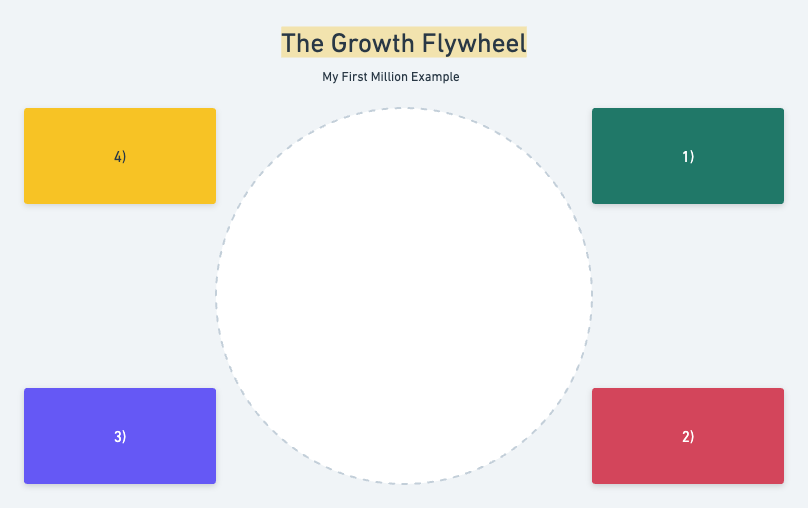
Imagine the flywheel - a huge metal disc mounted on an axle - that each end every team member is trying to spin in the same direction.
This metaphor works great because it really underlines how everyone is working towards the same single goal: making the flywheel spin, then faster and faster.
Now let’s try and apply this metaphor to the growth of the My First Million podcast and identity some of the levers that made their flywheel spin them to the top of the podcast charts.
The 4 core parts of the growth flywheel are:
Creating the show
Promoting the show
Finding new show guests
Finding new ideas to discuss
Let’s go over each of the 4 parts. Then we’ll look at the actions they took to take their podcast to the next level.
Part 1: Recording The My First Million Show

When Shaan started recording the first few episodes of the podcast, he did it out of a studio he rented close to his office.
The idea for the show came to him when he sold his company and wanted to start spending time on something not directly related to that.
He wanted to brainstorm new business ideas and use the podcast to get to talk to cool people from the startup environment.
Part 2: Promoting The Podcast
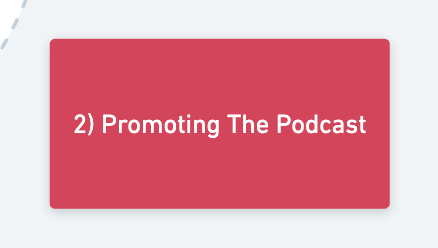
When Shaan started out, he didn’t really have a big social following. Now, his Twitter account has more than 300k followers.
Some of the things he did to grow were to write longer threads, sometimes with controversial opinions, like the one on how Clubhouse would probably die very soon.
Other than that, Shaan really didn’t do much. More, it’s through the next step that the audience is really broadened and people are becoming more aware of the show.
Part 3: Finding New Show Guests
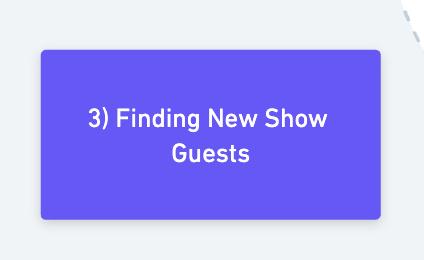
Shaan Puri and Sam Parr are often very entertaining to listen to without the need for additional guests on their podcast.
Nonetheless, bringing guests to the show is also what drives the growth of the show. I think two factors are at play here:
The audience of the guests on the podcast
The quality content that comes from bringing on guests
We’ll come back to how these two factors played an increasingly important role in the growth of the podcast.
Part 4: Finding New Ideas To Discuss
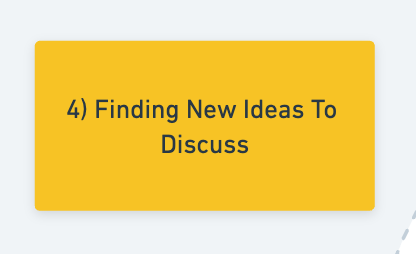
The main content of the My First Million podcast is Sam, Shaan, and the potential guest(s) discussing interesting business ideas.
Sometimes they’ve prepared a list of ideas or subjects to discuss. Sometimes they ask their guests for ideas. Some come prepared. Some don’t.
Putting all the parts together
With these 4 parts, the “podcast machine” was built. Now think of the flywheel like this:
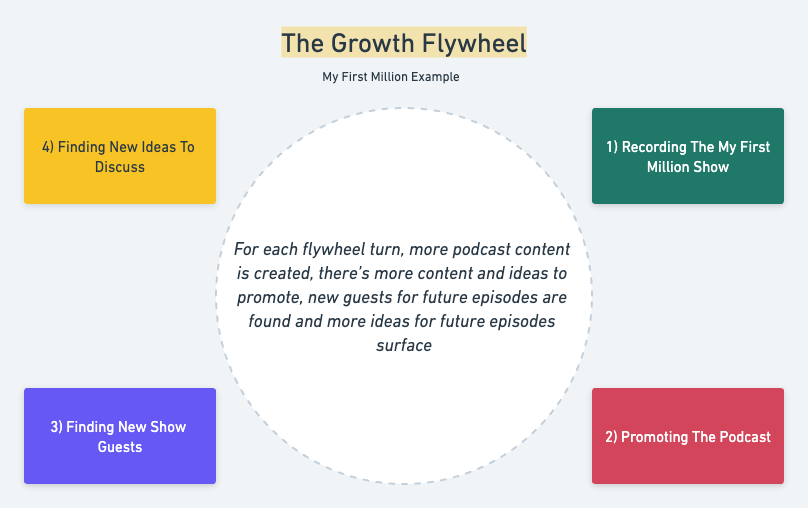
For each flywheel turn, more podcast content is created, there’s more content and ideas to promote, new guests for future episodes are found and more ideas for future episodes surface.
From here it was time for Shaan and Sam to figure out how to make the flywheel spin faster and improve each part. Here are the things they tried for each part of the flywheel:
Optimizing The Recording Of The Podcast
As Shaan and Sam got the flywheel spinning, they started removing friction from each of the parts of the engine. The first part was the actual recording of the podcast.
Here's what they did:
Started recording the podcast remotely
Covid-19 made it a lot harder to record the episodes in person, but it ultimately also opened up the possibility for Shaan and Sam to record the podcast from anywhere.
I imagine this didn't only make it easier to record, but it also made it much easier to be consistent with recording, as they could basically do it sitting in their boxers at home.
Removing friction = flywheel spins faster!
Spent money on a better and nicer-looking recording setup
Initially, Shaan recorded the podcast using a single AirPod. Not the best sound quality, but it got the job done.
After some time, they decided to invest in an improved setup both on the technical and visual side of things (the visual part will make sense in a minute).
This made the listening experience much better, but I love that they didn't care at first and only invested money into the improved setup when they knew it was worth it.
Hired "producer Ben" to produce the show
One of the bottlenecks that quickly showed itself was the production of the podcast episodes. I imagine editing a 1-hour podcast likely takes 3-4 hours.
Adding commercial breaks, intros, bleeping out words, companies, etc., exporting the audio, and publishing it to the different platforms.
To fix that, Shaan and Sam decided to hire Ben Wilson who also has his own show. Not only does he do an awesome job at producing the episodes, but he's also often there during the recording of the podcast and can quickly give his opinion on interesting topics.
The acquisition of the podcast and having Ben produce the podcast also allowed the team to produce the episodes on a fixed cadence. This means there are new episodes each Tuesday and Thursday which makes it a lot easier for the listeners to schedule when they plan to listen to the next episode.
To sum up, here's what the team did to ramp up the recording of the podcast:

Hacking How They Promoted The "My First Million" Podcast
To grow the reach of the podcast and attract new listeners, Shaan and Sam tried a lot of different things.
Throw spaghetti at the wall and see what sticks!
YouTube videos
Podcasting has increasingly become popular to post on YouTube as well as on audio-based channels.
One of the pioneers of this was Joe Rogan who, alongside his team, produced 3-hour-long podcast shows that also came as YouTube videos.
YouTube Shorts
When you see a video thumbnail on YouTube and notice it's an hour long, do you click it? Few do, especially if they're not already aware of the people who created the video.
This was why the team also experimented with YouTube Shorts - the video format that, let's be honest, copies the TikTok format with very short videos.
The idea was to grab small nuggets from the podcast episodes and use these as bait to get people to watch the entire show and eventually become subscribers.
TikTok contest
As frequent users of TikTok, they knew the platform could reach a large audience without being entirely sure if it would resonate with people there. Neither did they know what format they should post content in.
Since they're not master video editors themselves (nor do they have the time or desire to do it), they threw a small contest. Basically, the creator who created the best videos got $5000.
This not only allowed them to work with the best, and filter out the thousands of people who'd work with them, but it also gave them enormous reach on the platform.
Imagine that the team would have hired a person to promote the podcast. Interviews, resumés, salary, onboarding, training, etc.
A lot of companies could probably use this method to crowdsource marketing ideas from creative people and make it a lot easier to hire the best and most talented fit.
Podcast cross-promotion
The My First Million podcast was created as a part of The Hustle, the company founded by Sam Parr. So when Hubspot acquired The Hustle, the podcast followed along.
This wasn't the first (or last) case of the CRM company acquiring media companies. In fact, right now 25 podcasts are a part of that network.
One of the benefits for My First Million (and Hubspot) is the ability to do cross-promotion between podcasts. Like this podcast? Then go listen to this related podcast!
Guests sharing episodes
One of the clear benefits of having guests come on the podcast is that they often share the episode with their own audience.
Much like cross-promoting the podcast on other podcasts, it enables the content to reach a new audience that might not overlap with their existing one.
In summary, here are the things the team did to promote the podcast:

Attracting New Interesting Guests To The Show
One process that has definitely become easier over time is finding new guests to have on the podcast. But getting the initial pool of guests was for sure a lot of hard work.
Sam and Shaan already had a big network of interesting people when the podcast launched, so they started out by inviting the most interesting ones. Here's what they did afterward:
Cold reaching out to people and inviting them on the pod
Sam has practiced a lot of copywriting during his career, especially when he initially grew the newsletter "The Hustle". He also often mentions on the podcast how "cold emailed someone and asked for x...".
So cold reaching out to people for the podcast felt natural to him, and as the podcast grew it definitely also became a lot easier to have more interesting people come on.

Asking followers who are interesting
One of the things that definitely also compounds well is asking Twitter followers who they should bring on the podcast.
More listeners = more Twitter followers = more intros to interesting people
Fostering New Ideas To Discuss On The Show
One thing is to be an interesting person that would have an interesting background to discuss on a podcast. But it's an entirely different thing to actually be interesting to listen to on a 1-hour podcast.
The team has yet to reveal, but I bet there are plenty of episode recordings that have never seen the light of day, simply because the interesting people weren't interesting to listen to.
Sam and Shaan do well on podcasts. But there's no guarantee that their guests do as well. Here are some of the things they did to foster great ideas to discuss on the podcast:
Make guests prepare interesting business ideas
Preparing for a podcast is usually a lot of work. Schedule the time to record, figure out what to talk about, and make sure that people actually show up on time.
What the team did to make sure guests game prepared was to ask them to bring interesting business ideas they could discuss.
When I listened to the episodes if felt like having the guests bring ideas served as a great "backup" if it turned out that they didn't have a background they could fill the entire episode with.
Facebook group where people discuss ideas
One of the early things that the team did was to create a Facebook group where listeners could brainstorm business ideas and network.
Sam initially invited some interesting entrepreneurs to the group and participated a lot in the discussions there. He also shared his thoughts on interesting business in different posts that should spark initial engagement from other members.
Summary
Sam and Shaan have mentioned a “flywheel” during their show, but I’m pretty sure they didn’t think of the podcast this way.
This post was a brainstorm for me to try, in hindsight, and put the different parts together. If you’re trying to grow a new podcast, thinking of a flywheel might work. It might not.
I hope you learned how different operational parts of the business can be tied together in a way where 1+1=3.
